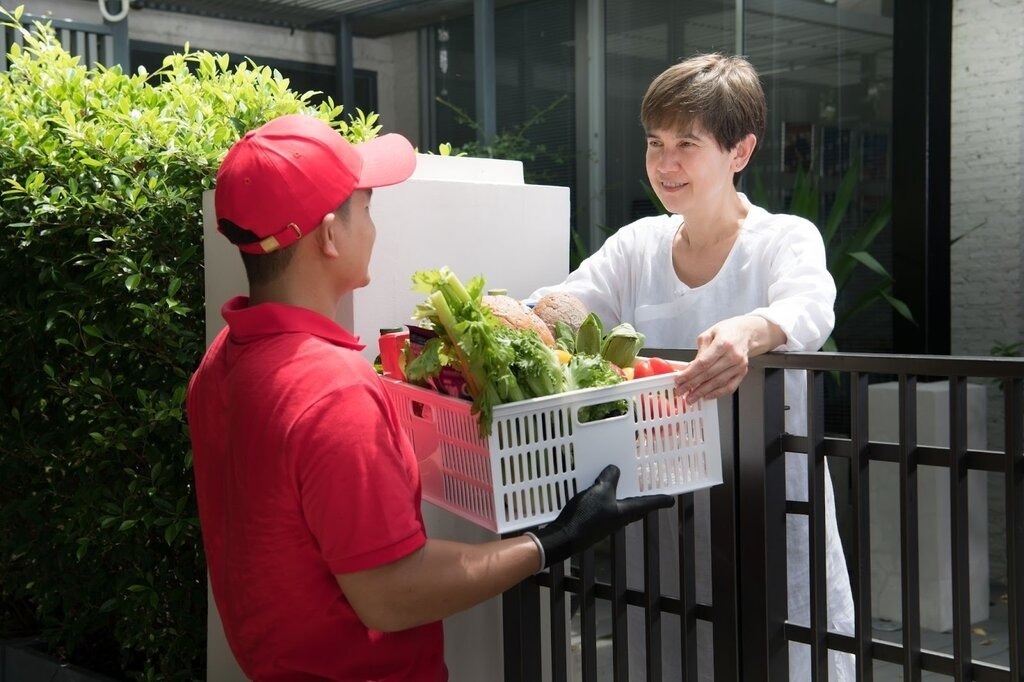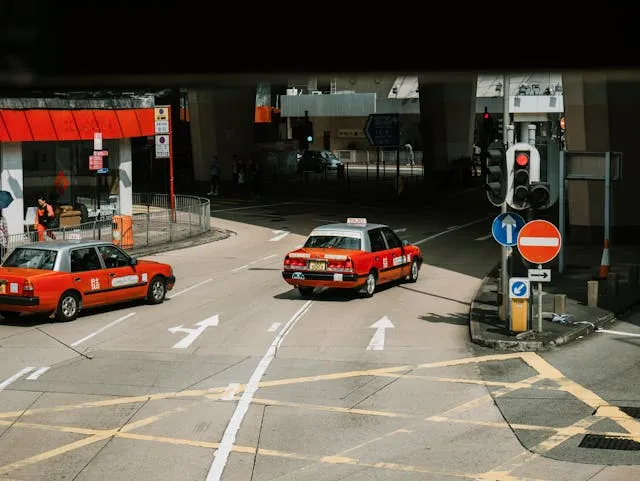Key Takeaways:
- Centralised distribution often causes waste through delays and overordering
- Local delivery models allow for fresher produce and more flexible ordering
- Shorter supply routes reduce emissions, packaging, and spoilage
- Melbourne businesses are embracing closer networks for better efficiency
If you run a food business, you already know that waste doesn’t just eat into margins — it shows up in bins, budgets, and even customer reviews. Whether it’s limp lettuce that never made it to a plate or crates of fruit that arrived already bruised, supply issues often feel out of your hands. But lately, that’s been changing.
Melbourne’s food scene has been moving towards smaller, smarter delivery systems. Less about bulk and more about timing, this shift is helping local kitchens reduce waste while improving quality. Instead of relying on distant distribution centres, more restaurants, grocers, and cafés are choosing suppliers just around the corner. The result? Shorter supply chains, fresher produce, and far less spoilage.
The Problem with Centralised Food Distribution
Large-scale food logistics are built for volume, not precision. For a long time, that wasn’t seen as a problem — overordering was just part of the game. But for small to mid-sized operations, that model leads to expensive waste and unpredictable quality. The longer the supply chain, the higher the chances that something turns up damaged, late, or close to its expiry.
Cafés and grocers dealing in fresh produce are especially vulnerable. Let’s say a shipment of leafy greens takes four days to arrive. By the time it’s unpacked, sorted, and displayed, you’ve already lost a chunk of its shelf life. That pressure leads to overcompensating — ordering extra just in case. What doesn’t sell ends up in the bin.
There’s also the issue of storage. Smaller venues don’t have the luxury of warehouse space. When deliveries come in bulk, it becomes a juggling act between fridges, prep areas, and back rooms. More stock might seem like a safety net, but for perishables, it often just accelerates spoilage.
How Local Delivery Models Reduce Waste
Shorter, more responsive supply loops are proving to be a better fit for Melbourne’s pace. Instead of relying on twice-weekly deliveries from distant centres, more businesses are opting for smaller, more frequent drops. That means less overordering, fewer quality issues, and a more flexible way to manage stock.
Fruit and vegetable suppliers Melbourne businesses usually go for are beginning to respond to this shift. With tighter delivery zones and streamlined scheduling, they’re helping kitchens order what they need, when they need it. That could mean a quick top-up mid-week or a regular drop every morning — either way, it’s designed to match the rhythm of service, not storage.
Restaurants and cafés that have moved to local delivery models often report a noticeable drop in food waste within weeks. Smaller deliveries allow for better portioning and fresher stock, resulting in better plate presentation. It’s not just about saving money on waste disposal — it’s about serving produce at its best, every time.
Why Proximity Matters in Fresh Produce Logistics
When it comes to fresh food, distance matters. The more time produce spends in transit, the more it deteriorates — not always visibly, but often in texture, taste, and shelf life. For chefs and store owners, that can mean limp herbs, mealy tomatoes, or fruit that turns within a day of arriving. Proximity trims the journey and helps retain the quality that customers notice.
Another key advantage is seasonal alignment. Local suppliers tend to work with farms that grow what’s in season, which means better flavour and lower costs. For food businesses, that makes it easier to plan menus around what’s naturally thriving, rather than forcing imported options that travel thousands of kilometres.
Packaging waste is also reduced when goods travel shorter distances. When deliveries are coming from across town instead of across the state, there’s less need for plastic wrapping, foam trays, or layered insulation. Some local suppliers are even shifting to reusable crates, knowing that empty containers can be picked up and cycled back the next day.
Transport emissions drop, too. A refrigerated truck travelling across Melbourne burns far less fuel than one hauling produce across regional Victoria or interstate. For businesses looking to reduce their carbon footprint, that’s not just a side benefit — it’s part of the broader appeal of staying local.
Tech and Timing: Getting Smarter About Supply
Technology has changed how local deliveries operate. It’s no longer about calling in an order and hoping it turns up in full. Many small businesses are now using apps and dashboards that track stock levels in real time and link directly with their local suppliers. That means more accurate orders, fewer double-ups, and far less guesswork.
For food businesses with tight storage and fast-moving menus, the ability to fine-tune ordering is game-changing. Rather than predicting a week’s worth of needs on a Monday, cafés can adjust on the fly depending on foot traffic, bookings, or even the weather. Local suppliers with digital ordering platforms are making that flexibility possible.
Delivery routes are getting smarter, too. With route optimisation software, suppliers can group deliveries more efficiently, reducing travel time while keeping produce chilled for as long as possible. That’s especially helpful in a city like Melbourne, where traffic and temperature shifts can affect the quality of every delivery.
And it’s not just about the tech. Timing also plays a huge role. Morning deliveries that align with prep hours, same-day restocks, or even on-demand drops during quiet service windows — these changes make a real difference. For kitchens trying to stay lean and avoid spoilage, every hour counts.
A Cultural Shift in the Food Sector
The way local food businesses think about sourcing has started to change — and not just for practical reasons. There’s growing interest in creating direct relationships with growers, producers, and small-scale suppliers. That cultural shift is reshaping how cafés and restaurants define quality, and it’s influencing the kinds of supply networks they want to support.
Many of Melbourne’s neighbourhood venues now actively seek out producers with sustainable practices, transparent operations, and flexible delivery options. The focus isn’t just on the food itself but on the story behind it. When businesses know exactly where their produce comes from, they’re more likely to use it thoughtfully, plan menus around it, and reduce how much goes to waste.
There’s also a strong local identity emerging in how food is sourced and served. Whether it’s chefs using seasonal specials or grocers showcasing Victorian-grown products, there’s a sense of pride in keeping things close to home. This approach tends to create more accountability and in turn, more mindful use of every item that comes through the door.
As awareness around waste grows, so does consumer interest in how food businesses operate behind the scenes. The venues that are adjusting their supply models are finding that customers notice — and value — those changes.
Doing Better by Staying Closer
Reducing food waste isn’t always about reinventing the kitchen. Sometimes it’s as straightforward as looking at how deliveries are made and where they come from. Across Melbourne, local food businesses are finding that proximity and timing can have a bigger impact than volume.
By shortening supply chains and building stronger relationships with nearby producers, many venues are seeing real improvements — not just in quality, but in consistency and waste reduction. It’s not a trend or a tactic. It’s a quiet shift in how things get done.



